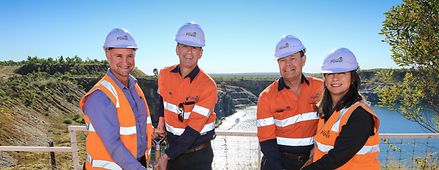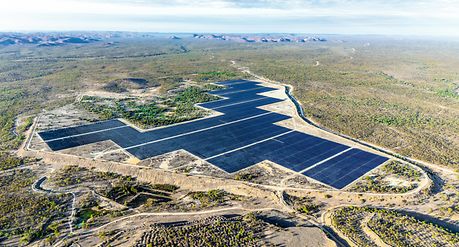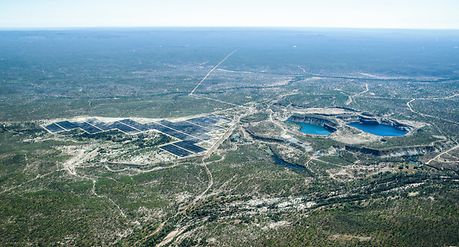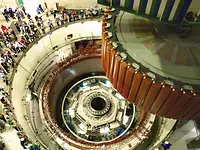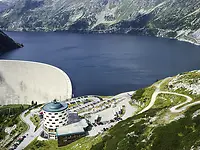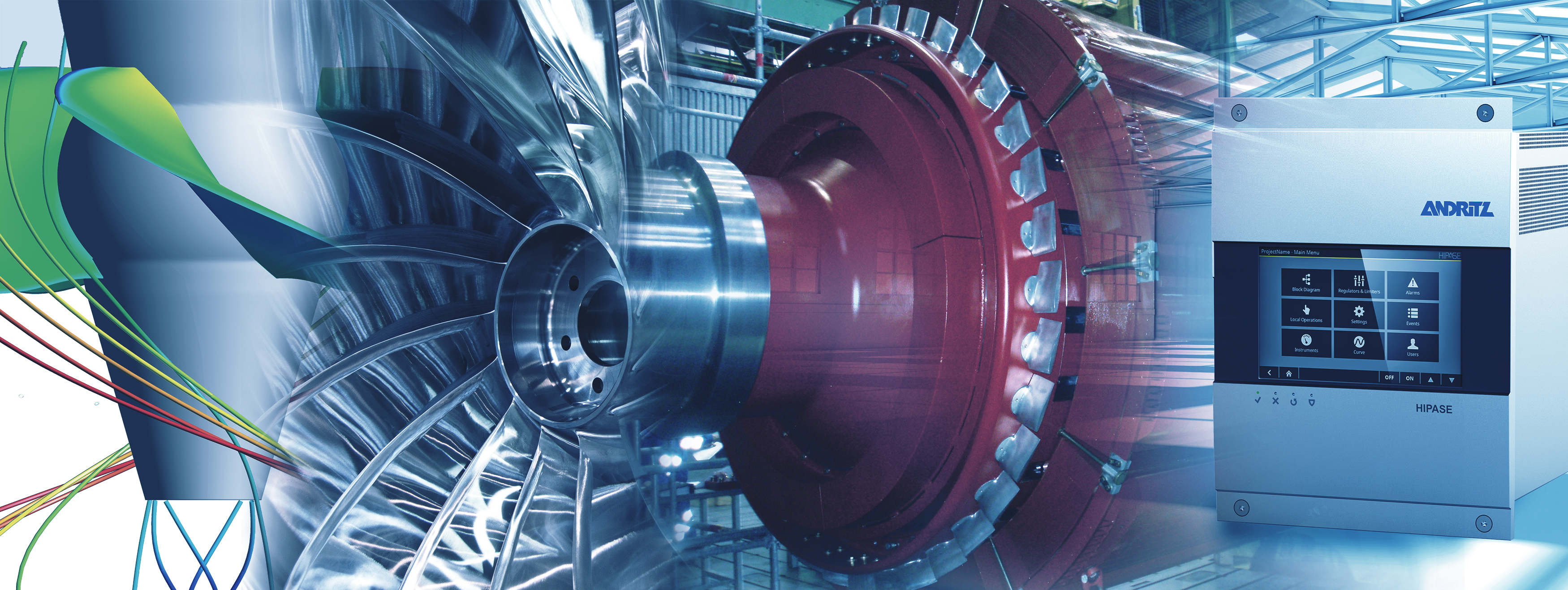Early involvement in the project allowed consideration and evaluation of different technical approaches and solutions, positively impacting costs and delivery. The ECI process also presented an opportunity for developers and EPC contractors to tender preliminary and basic designs and involve expert partners like the plant equipment original equipment manufacturers and international technical consultants. This facilitated the rapid development of an advanced design, reducing time and minimizing project risk for the owner when compared with a traditional tender process. Ultimately, both the EPC JV contractors and the project owners benefited from this process. In April 2021, the Kidston project achieved the milestone Full Notice to Proceed and ANDRITZ was able to sign the contract with the EPC JV contractors.
Since 2017, a 50 MW solar farm has been operating near the site, which provides a continuous revenue stream for Genex Power. A 150 MW wind farm and further solar expansion is planned, which will contribute the energy needed to pump water from the lower to the upper reservoir when needed. Construction of the associated 250 MW pumped hydro plant has now begun.
A closed water system, the plant will feature two 125 MW reversible pump turbines and will be equipped with technically sophisticated features in order to provide reliable and continuous generation capacity. Due to the existing shape of the upper and lower water reservoirs (Wises and Eldridge), the head variation of the upper reservoir is about 3 m only, whereas the level of the lower water reservoir varies by about 40 m. However, the ANDRITZ pump turbines will be able to overcome this challenge and efficiently generate 2,000 MWh over an eight-hour continuous generation cycle. In 2021, ANDRITZ also secured a full Operations and Maintenance (O&M) contract of more than 10 years. The plant will be fully managed by ANDRITZ and remotely connected to the ANDRITZ control center in Schio, Italy.


